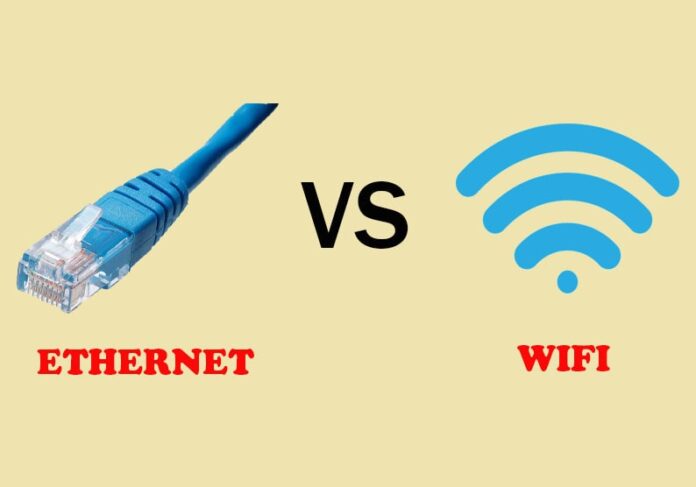There will come a time when homeowners doubt their internet connections and find alternatives, but the search will always depend on whether they have an existing Ethernet or Wi-Fi connection. To know which one you should have is simple: if you can connect to the internet wirelessly (without any cables from your device to the router), then you have Wi-Fi. If your device is physically connected to the router or modem via cables, you’re using Ethernet. Check vssmonitoring.com for more information.
If you’re planning to get an upgrade or change internet plans from ethernet to Wi-Fi (or vice versa), make sure you read this guide first.
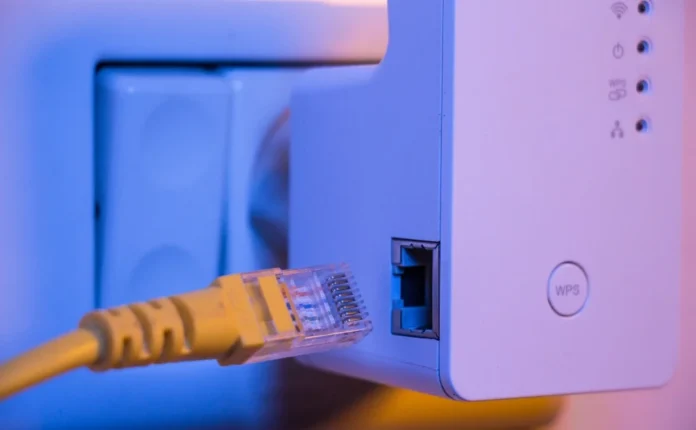
Ethernet Can be Used with or Without Internet
Ethernet is a system of direct connections between devices that are located close to one another, such as in the same office. It was originally designed to connect one computer to another computer via an Ethernet cable, so users could easily transfer files or communicate with each other. Yes, this has been the go-to connection in the pre-internet era, and still remains a solid type of connection for local networks.
Today, ethernet can also refer to a wired internet connection, or when you connect a device like your laptop or computer directly to the router/modem via Ethernet cable in order to gain internet access. The comparisons below will be focused on this kind of ethernet connection.
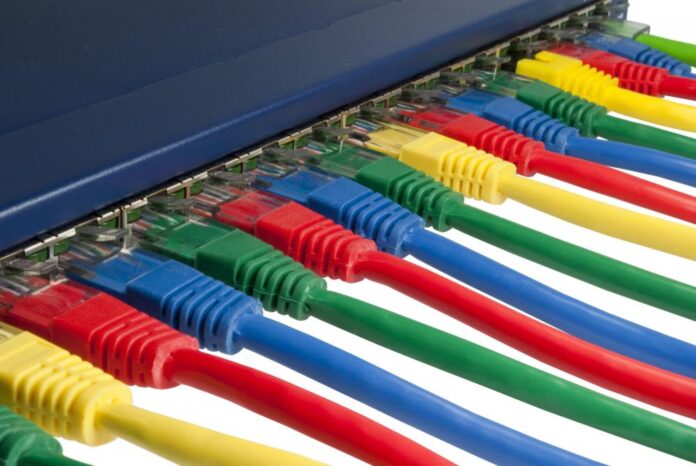
Difference between Ethernet and Wi-Fi
The differences between Ethernet and Wi-Fi connections fall within these several factors:
- Flexibility: Wi-Fi trumps Ethernet when it comes to mobility and flexibility because it allows users to access data while on the move. Since there are no wires and ports needed to get connected, Wi-Fi can be more convenient for work-from-home setups and small offices. Do note, however, that Wi-Fi routers are built with a specific range. Traditional 2.4 GHz band routers reach up to 150 feet indoors and 300 feet outdoors. If you need your Wi-Fi to reach the attic or farther corners of your home, you’d have to invest in long-range routers.
- Speed: While there are various factors that determine the actual speed of a Wi-Fi and Ethernet connection, such as your internet plan, the type of Ethernet cable used, or latency, it is generally known that ethernet is faster than Wi-Fi. The maximum Ethernet speeds reach up at 10Gbps or higher, while the fastest WiFi speeds theoretically should reach up to 6.9Gbps (but the Wi-Fi speed usually only reaches 1Gbps in reality.) Speed is the biggest advantage of Ethernet over Wi-Fi, which means you can easily upload large files, stream videos non-stop, and use bandwidth-hungry applications without noticing a difference in your internet speed.
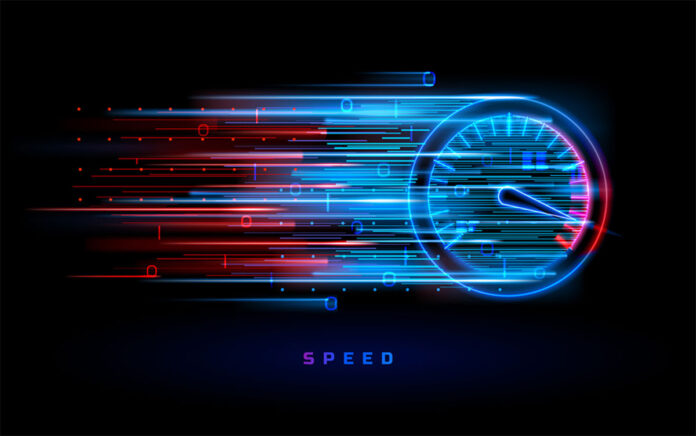
- Reliability: The speeds above are never accurate – they’re just theoretical and will always depend on a variety of factors (both within or out of your control), such as the internet plan you bought, the location of your router, and so on. But reliability is another issue. If you’ve always been using ethernet, you know that as long as the Ethernet cables you use are updated and not damaged, there are very few interferences that could occur. Wi-Fi suffers from signal interference from weather, physical obstructions, and third-party devices that would cause lagging or sporadic signals.
- Security: The way ethernet connections are designed makes it more secure than Wi-Fi. Because data on an Ethernet network can only be accessed by attaching another cable to the router or computer, no one cannot hack or intercept data so easily. When it comes to Wi-Fi connections, which move data through the air, hackers have the chance of intercepting your data, files, and other content. Yes, Wi-Fi can be made more secure with firewall and encryption, but ethernet connections do not need these extra settings for standard security.
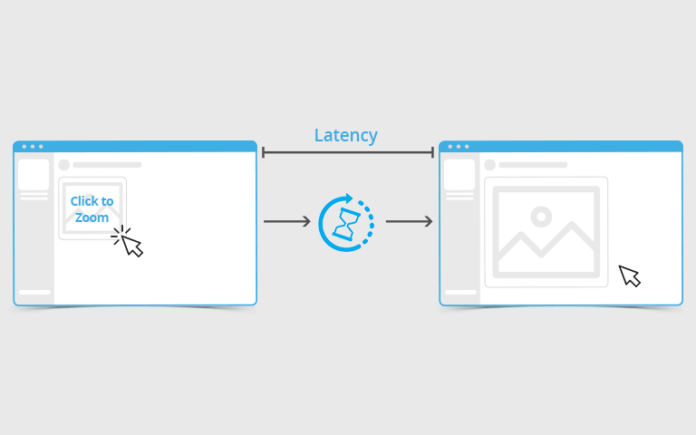
- Latency: Latency is defined as the delay in how long it takes for the data to be sent from one device or network to another. Also called “ping” in the gaming world, latency is essential because your character’s reaction time in any game must be quick for a chance to win or complete some goals. To experience smoother gameplay, go with an Ethernet connection that can easily provide an ideal 40-60ms (or lower) latency. When you connect an ethernet cable to a gaming console (yes, these devices are designed to accommodate most modern types of Ethernet cabling), these cables are usually set up there permanently and are literally hardwired to the internet. The permanency of this setup not only helps with latency, but also removes any buffering that’s a killer in any online game experience.
- Interference: Wi-Fi signals can be interrupted by other devices that may share its frequencies (such as a microwave, a nearby airport, or radio). These devices lead to issues like lower speeds, dropped signals and greater latency. Because ethernet connections do not share the same interference issues as Wi-Fi, you’ll get a more reliable connection with Ethernet. If you plan on connecting a device like Kodi or Plex that streams from a media server on your network, Wi-Fi may not provide the stability needed to stream properly. Ethernet connection is better because it improves streaming quality significantly.

You see, both Wi-Fi and ethernet have their strengths and weaknesses. If you really need to pick just one, then choose based on your needs.
If you have a smart kitchen or collect various IoT (Internet of Things) devices like smartwatches, smart security systems, or smart televisions, Wi-Fi is required. These devices will not work with ethernet cables, so you really have no choice but to go wireless.
If possible, get the best of both worlds and connect your main computer via Ethernet, then use Wi-Fi for your portable devices like laptops, phones, tablets, smart devices and so on. You might need to invest and install a new modem or router, but the dual connection will offer you better flexibility. This solution will also allow you to future-proof and invest in wifi-only devices without having to worry about switching your wired-connected main computer to wireless.

